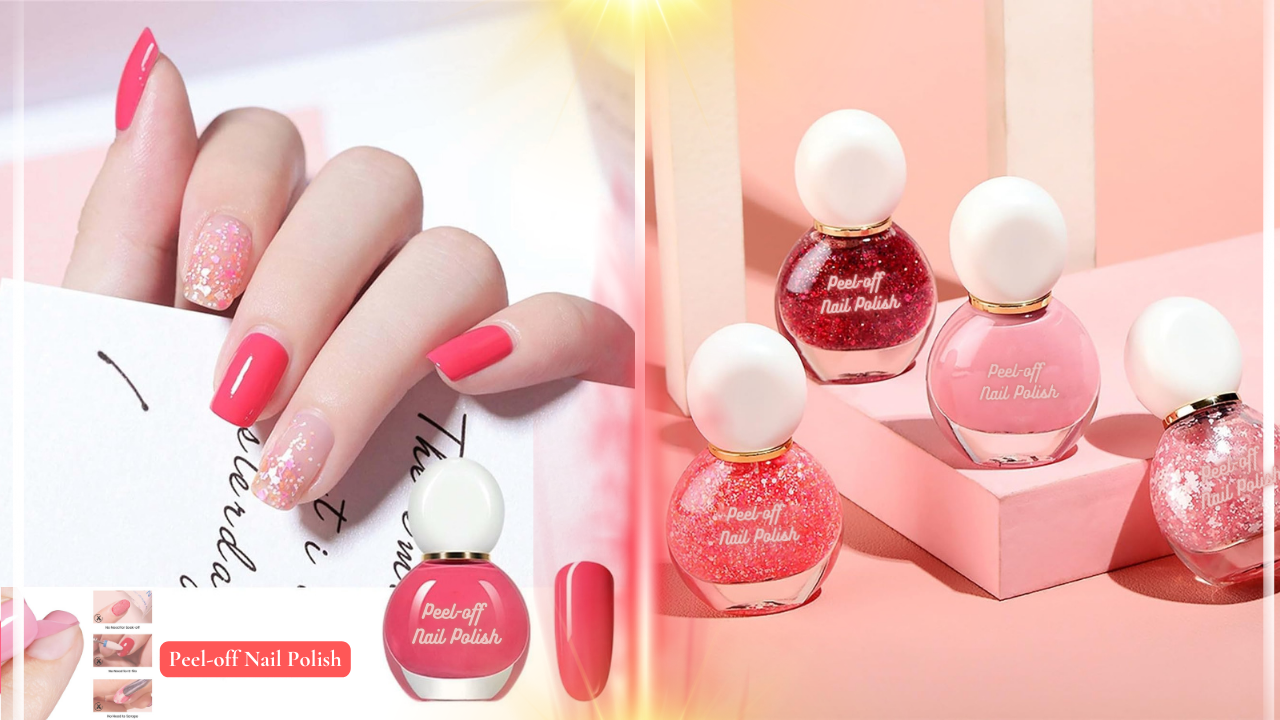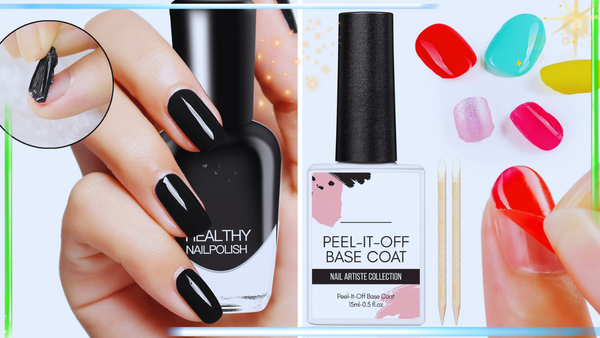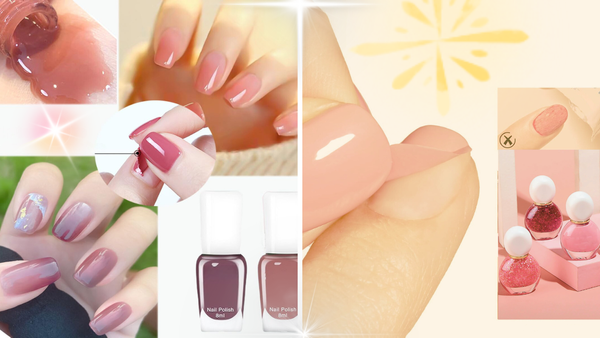Key Takeaways:
- Peel-off nail polish offers convenience but may pose risks to nail health.
- Proper application and removal techniques can mitigate potential damage.
- Understanding the differences between peel-off and traditional nail polishes is crucial for nail care.
Introduction
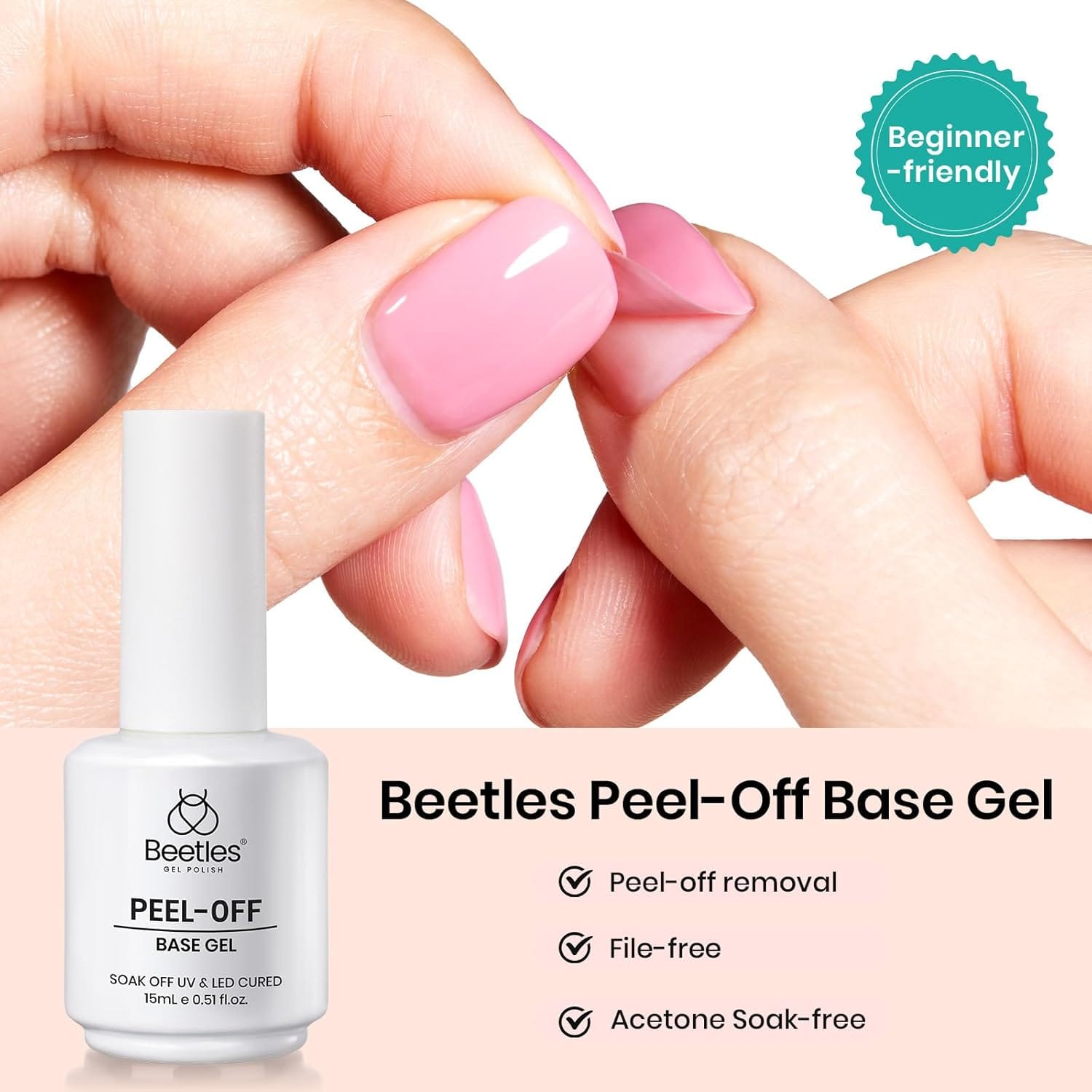
Peel-off nail polish has become a popular choice for those seeking a quick and easy manicure. But is it good for your nails? This article delves into the pros and cons of peel-off nail polish, offering insights into its impact on nail health and providing tips for safe usage.
The Appeal of Peel Off Nail Polish
Peel-off nail polish is a game-changer for those who love to switch up their nail colors frequently. Unlike traditional nail polishes that require acetone or other nail polish removers, peel-off nail polish can be removed by simply peeling it off. This convenience makes it a favorite among busy individuals and those who dislike the strong smell of nail polish remover.
However, the ease of removal comes with its own set of challenges. When you peel off the polish, you might inadvertently remove layers of your natural nail, leading to thinning and potential damage. Individuals with weak or peeling nails should be cautious when using peel-off nail polish, as it can exacerbate these issues. Understanding the proper techniques to minimize harm and keep your nails healthy is essential.
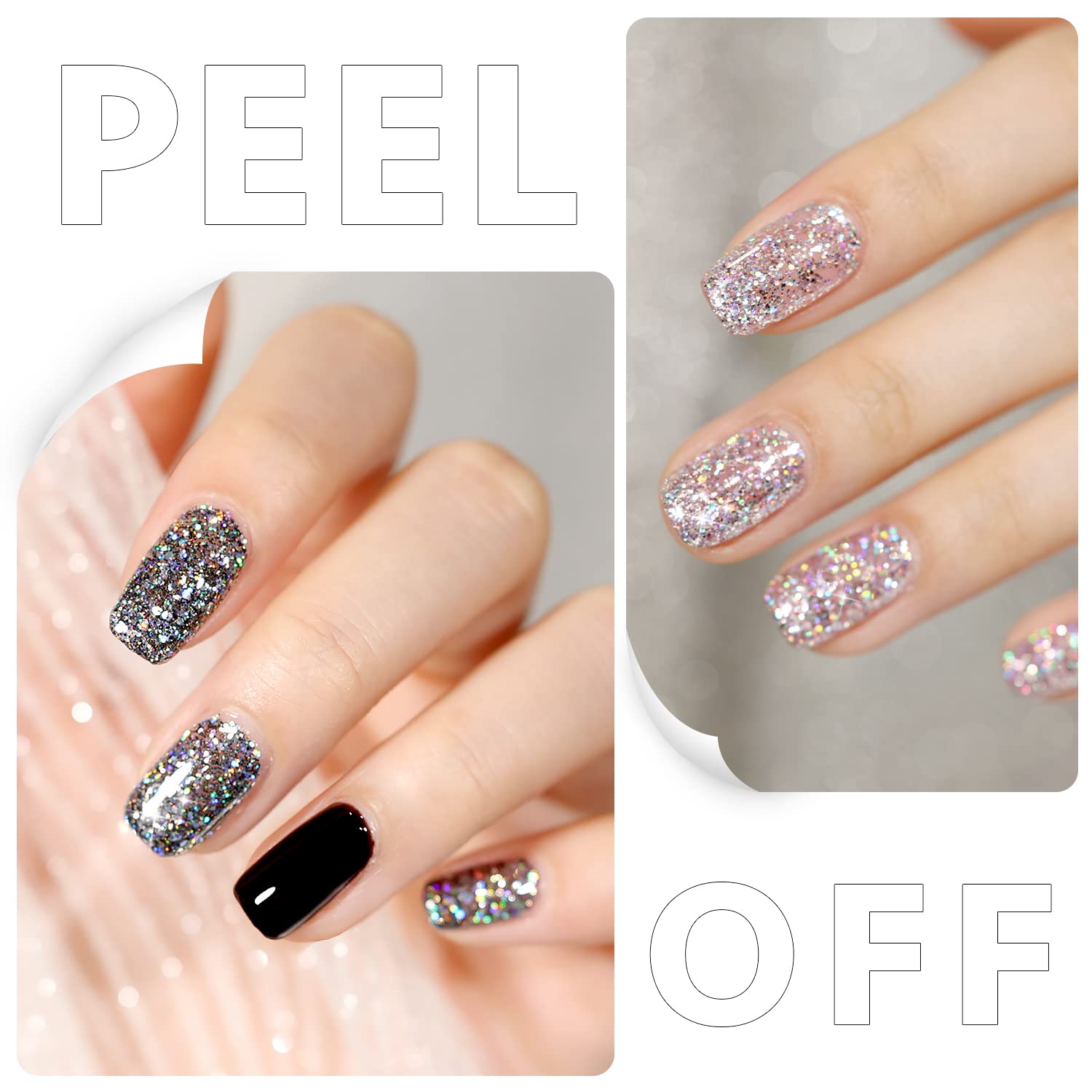
How Peel-Off Nail Polish Works
Peel off nail polish typically contains a special formula that allows it to adhere to the nail plate without the need for a base coat. This formula creates a flexible layer that can be easily peeled off when you’re ready for a change. Some brands even offer peel off base coats that can be used with regular nail polishes, providing the same peelable effect.
The key to a successful peel-off manicure lies in the application. Applying thin layers of the polish and allowing each layer to dry completely can help ensure a smooth peel without damaging the nail surface. Additionally, using a top coat can enhance the durability of the polish and prevent premature chipping.
When considering a peel off base coat, it's important to evaluate its potential effects on nail health. While peel off base coats can be a safer alternative to traditional acetone removers, especially for those with weaker nails, they may still pose risks if not used correctly. Some users have reported that frequent use can lead to a weakened nail plate. Therefore, following the product instructions and monitoring your nail health is crucial to avoid any adverse effects.
Potential Damage to Nails
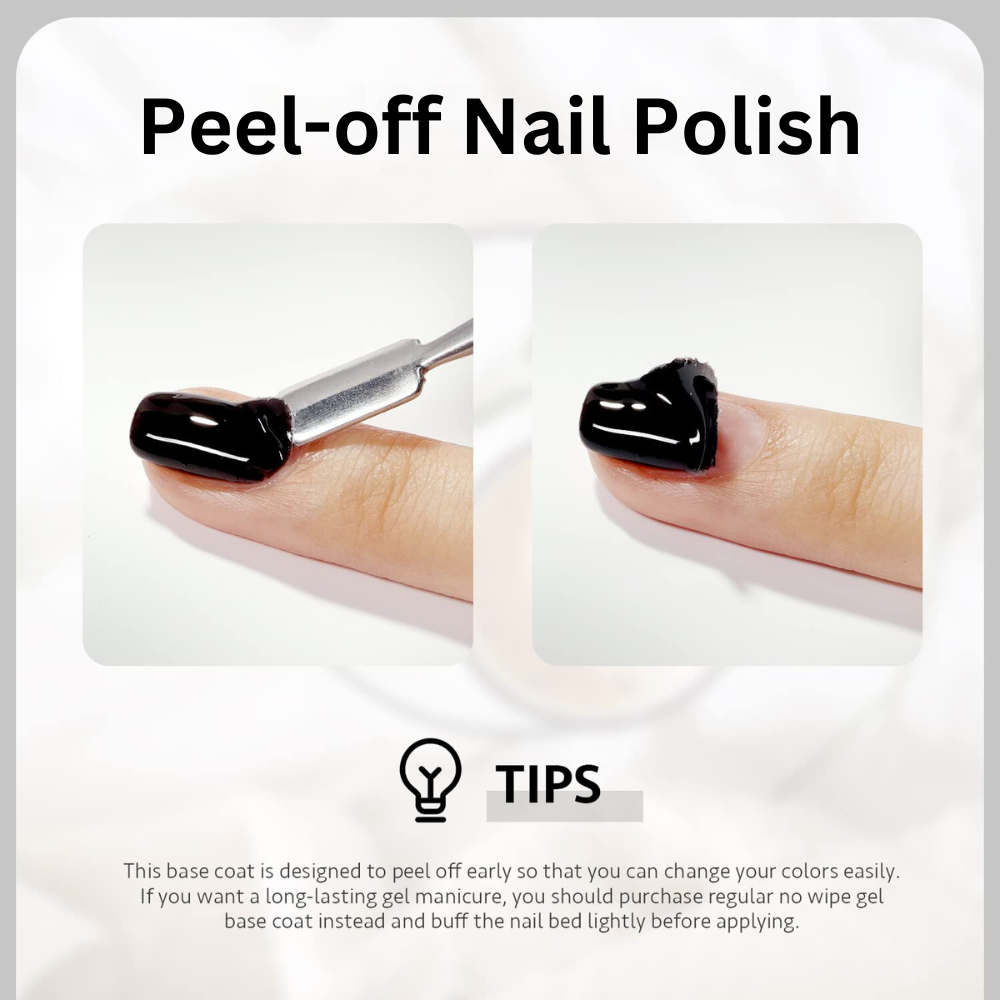
One of the main concerns with peel-off nail polish is the potential damage it can cause to the nails. When you peel off the polish, you might also peel off the top layer of your nail plate, leading to thinning and brittleness. Improper removal of peel-off nail polish can damage the nail bed, affecting its health and integrity. This can make your nails more prone to splitting and breaking.
To mitigate this risk, it’s crucial to keep your nails hydrated and healthy. Regularly applying nail oils and creams can help maintain the moisture balance in your nails and prevent them from becoming brittle. Repeated peeling can thin out the nails and affect the nail cells, making them more susceptible to damage. Additionally, giving your nails a break from polish every few weeks can allow them to recover and strengthen.
Tips for Safe Application and Removal
To enjoy the benefits of peel-off nail polish without compromising your nail health, follow these tips for safe application and removal:
- Prep Your Nails: Start with clean, dry nails. Remove old polish and wash your hands thoroughly to ensure a smooth application. Avoid direct contact with warm water before and after applying the polish to ensure better adherence and longevity.
- Apply Thin Layers: Apply the peel-off nail polish in thin layers, allowing each layer to dry completely before applying the next. This helps create a flexible and durable finish.
- Use a Top Coat: A top coat can enhance the longevity of your manicure, prevent chipping, and add an extra layer of protection to your nails.
- Peel Gently: When it’s time to remove the polish, peel it off gently from the free edge of your nail. Avoid using tools or excessive force, as this can damage the nail plate.
- Hydrate Your Nails: After removing the polish, apply a nourishing nail oil or cream to keep your nails hydrated and healthy.
Comparing Peel Off and Traditional Nail Polishes
Peel-off nail polish offers a unique advantage in terms of convenience, but how does it compare to traditional nail polishes and gel polish? Traditional nail polishes require a base coat, multiple layers of color, and a top coat for durability. They also need nail polish remover for removal, which can be time-consuming and harsh on the nails. Gel polish, on the other hand, requires proper nail preparation, careful application, and curing with the right lamp to prevent issues like peeling and lifting.
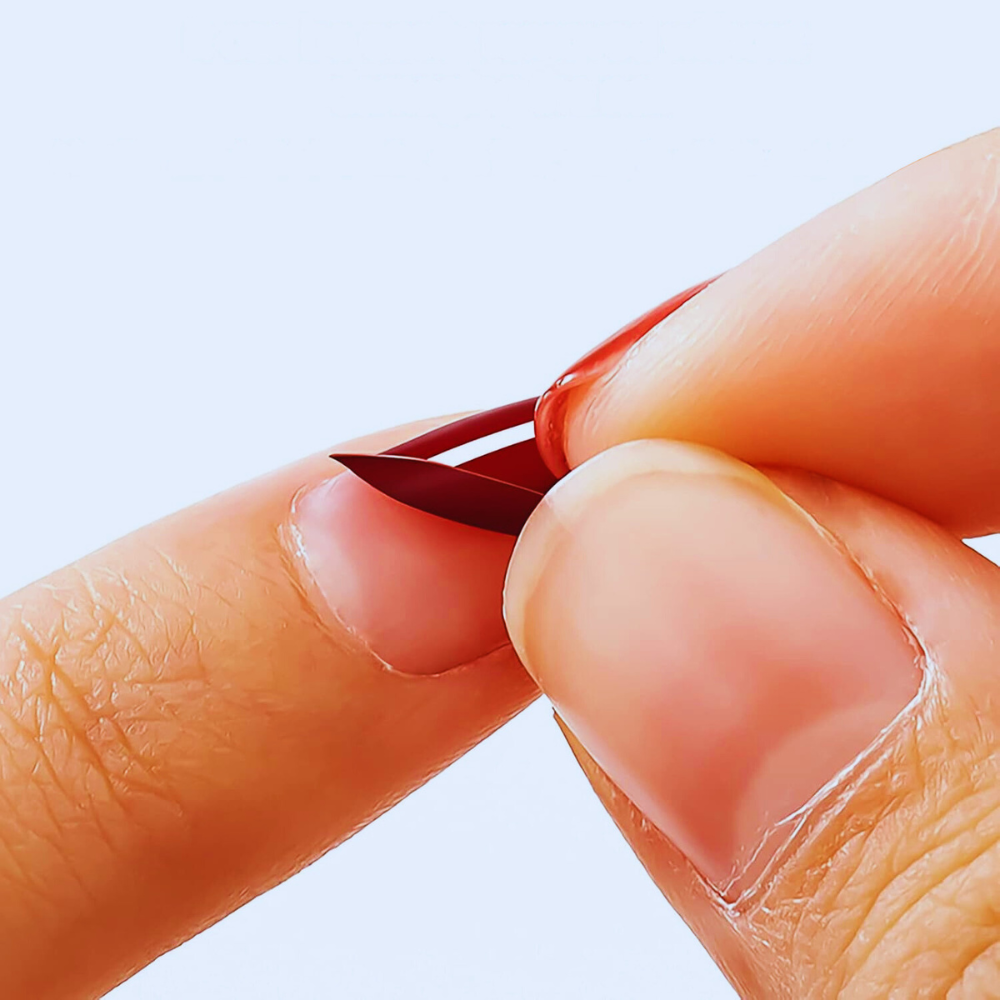
On the other hand, peeling off nail polish eliminates the need for a base coat, and it can be removed without acetone. This makes it a more convenient option for those who like to change their nail color frequently. However, the potential for nail damage is higher with peel-off polishes, making it essential to use them with care. Gel polishes adhere more strongly to the nail bed due to their curing process, which can lead to more layers of the natural nail being removed or damaged when the polish is peeled off.
The Role of Nail Health
Maintaining healthy nails is crucial, regardless of the type of polish you use. Healthy nails are less prone to damage and can better withstand the wear and tear of regular manicures. To keep your nails in top condition, follow these nail care tips:
- Keep Nails Hydrated: Regularly apply nail oils and creams to keep your nails and cuticles moisturized.
- Avoid Overuse of Polishes: Give your nails a break from polish every few weeks to allow them to recover and strengthen.
- Use Gentle Removal Techniques: Whether you're using peel-off polish or traditional polish, always remove it gently to avoid damaging the nail plate.
- Maintain a Balanced Diet: A diet rich in vitamins and minerals can promote healthy nail growth and prevent brittleness.
Case Study: Sarah's Experience with Peel-Off Nail Polish
Sarah, a busy professional, loves experimenting with different nail colors but often found it challenging to remove traditional nail polish. She decided to try peel off nail polish for its convenience. Initially, she was thrilled with the ease of application and removal. However, after a few weeks, she noticed her nails becoming thinner and more prone to splitting.
Realizing the potential damage, Sarah adjusted her routine. She started applying thin layers of polish, used a top coat for added protection, and ensured she peeled off the polish gently. Additionally, she incorporated nail oils and creams into her daily routine to keep her nails hydrated. Over time, Sarah found a balance that allowed her to enjoy the convenience of peel-off nail polish without compromising her nail health.
The Importance of Choosing the Right Brand
Not all peel-off nail polishes are created equal. Some brands offer better formulas that are less likely to cause damage to your nails. When choosing a peel-off nail polish, look for reputable brands that prioritize nail health. Reading reviews and seeking recommendations can help you find a product that works well for you.
Additionally, consider the ingredients in the polish. Avoid products with harsh chemicals that can weaken your nails. Opt for polishes that are free from harmful substances and enriched with nourishing ingredients to support nail health.
The Verdict: Is Peel-Off Nail Polish Good for Your Nails?
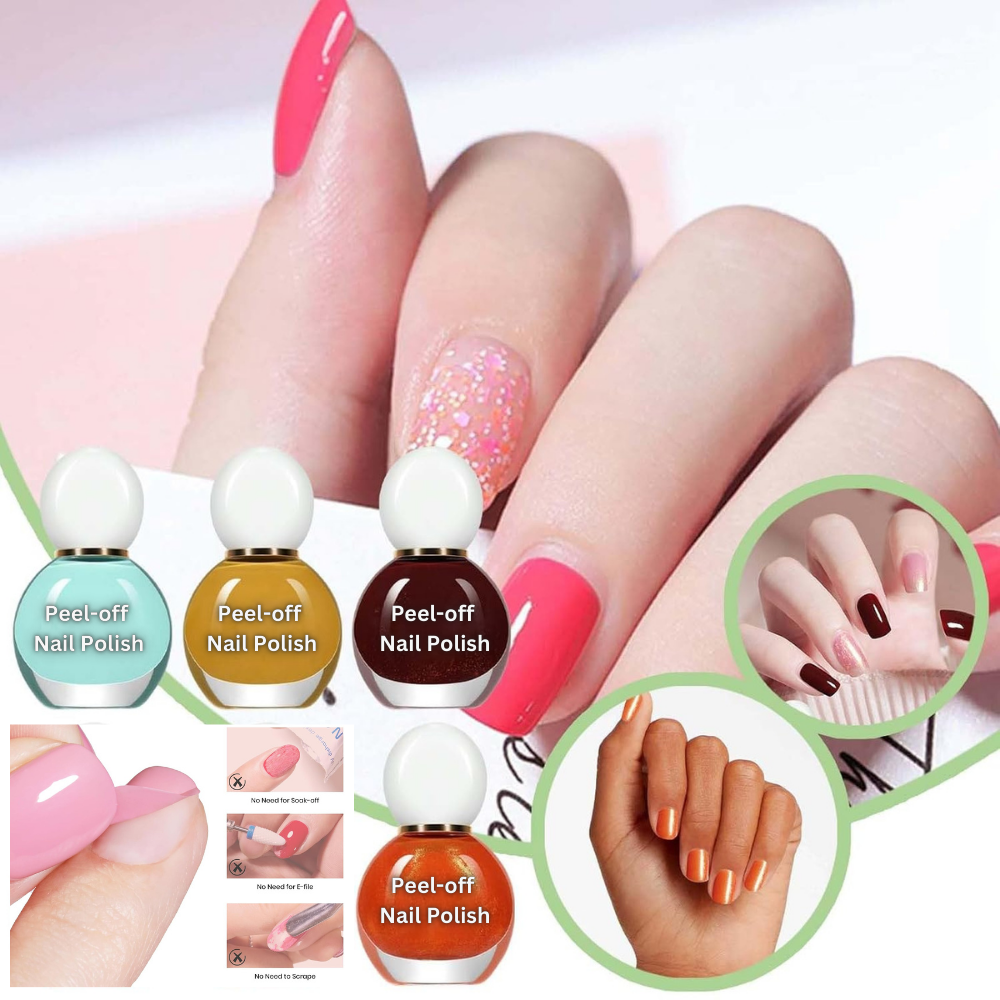
Peel-off nail polish offers a convenient and fun way to change your nail color frequently. However, it can be dangerous to nail health if not used properly. By following the tips for safe application and removal, you can enjoy the benefits of peel-off nail polish while minimizing the risk of damage.
Ultimately, the decision to use peel-off nail polish depends on your personal preferences and nail care routine. If you love the convenience and are willing to take the necessary precautions, peel-off nail polish can be a great addition to your beauty regimen.
Summary
Peel-off nail polish provides a convenient alternative to traditional polishes, allowing for easy removal without the need for acetone. However, improper use can lead to nail damage, including thinning and brittleness. By following safe application and removal techniques, keeping your nails hydrated, and choosing reputable brands, you can enjoy the benefits of peel-off nail polish while maintaining healthy nails.
Please click here if you’re interested in other nail products and want to get up to 50% off.
FAQ Section
Can peel-off nail polish damage my nails?
Yes, if not used properly, peel-off nail polish can damage your nails. Peeling off the polish too aggressively can remove layers of your natural nail, leading to thinning and brittleness. To minimize damage, apply thin layers of polish, use a top coat, and peel off the polish gently.
How can I keep my nails healthy while using peel-off nail polish?
To keep your nails healthy while using peel-off nail polish, follow these tips:
- Apply thin layers of polish and allow each layer to dry completely.
- Use a top coat to enhance durability and protect your nails.
- Peel off the polish gently from the free edge of your nail.
- Keep your nails hydrated by regularly applying nail oils and creams.
- Give your nails a break from polish every few weeks to allow them to recover.
Are there any specific brands of peel-off nail polish that are better for nail health?
Yes, some brands offer better formulas that are less likely to cause damage to your nails. Look for reputable brands that prioritize nail health and avoid products with harsh chemicals. Reading reviews and seeking recommendations can help you find a product that works well for you.
